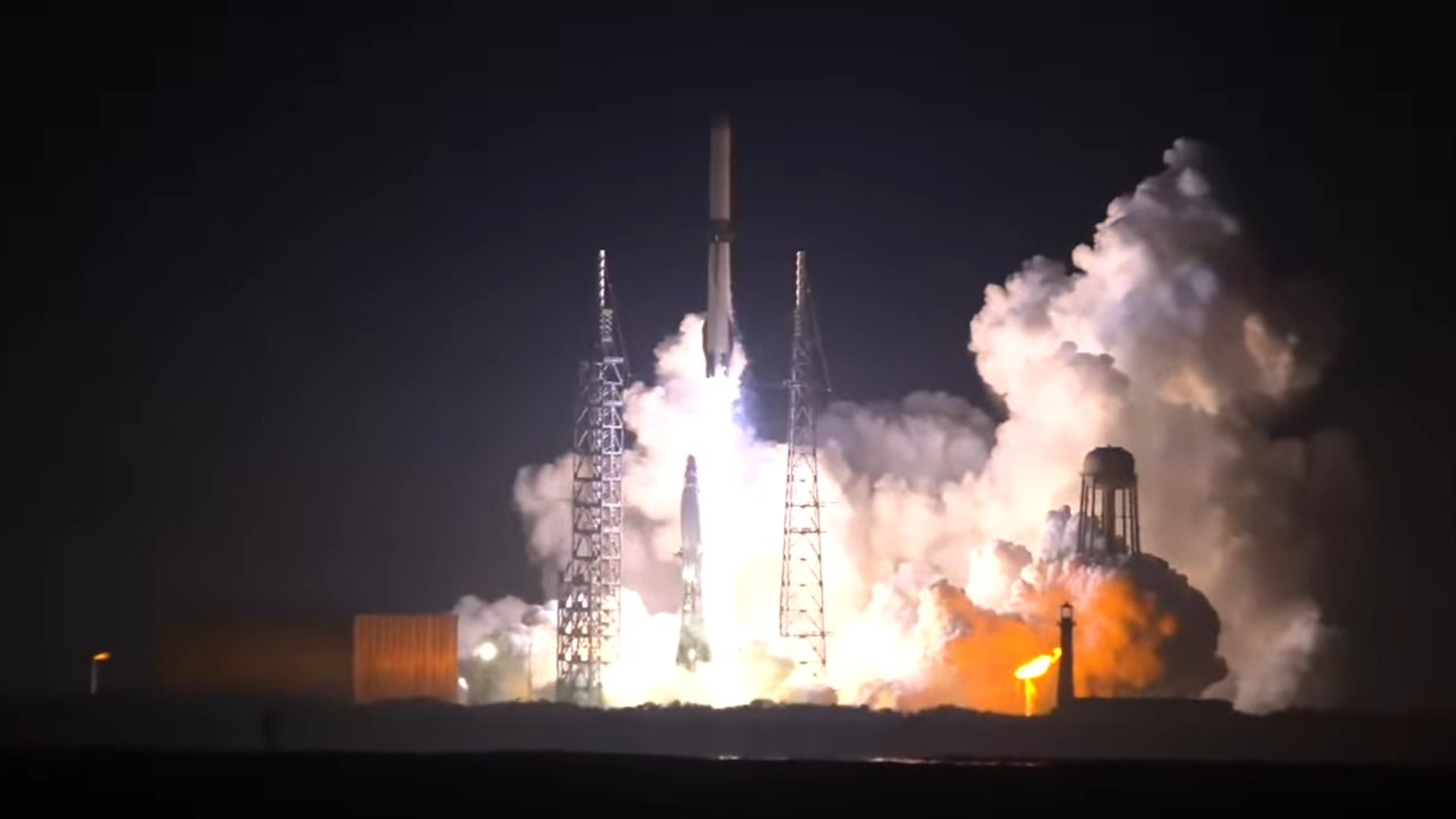Tour 3D Pluto in New Portable Virtual-Reality View

Get your Google Cardboards ready, because it's time to take a 3D trip to Pluto.
The new 7-minute Pluto tour, narrated by the science writer Dennis Overbye of the New York Times, is available for download from the Times' virtual reality app, and can be viewed through a Google Cardboard headset or on a plain smartphone screen for those who don't have one.
The film, called "Seeking Pluto's Frigid Heart," walks viewers through the arrival of the New Horizons spacecraft to Pluto last July before dropping them down on the surface and pointing out many alien geographic features on the surprisingly complex body. It's possible to look around 360 degrees to see the full extent of the dwarf planet, its largest moon, Charon, and the far-off shining of the sun.
You can download the New York Times VR App here (there are options for both Android and Apple) to see the awesome 3D Pluto views. You can also see a modified version in a computer browser.
The vivid 3D view, so different from the few pixels we had seen before New Horizons' approach, was pieced together for the film from New Horizons' data, with help from the Universities Space Research Association's Lunar and Planetary Institute in Texas. Even now, only around half of the images and measurements have been beamed back to Earth from the spacecraft; new data will be coming until October, and scientists will be hard at work analyzing it for a long time after.
The Times sent free Cardboards to all of its print subscribers last November and plans to send them to select online subscribers as well; Google also offers Cardboards for sale online and instructions for how to build your own (even out of a pizza box).
Email Sarah Lewin at slewin@space.com or follow her @SarahExplains. Follow us @Spacedotcom, Facebook and Google+. Original article on Space.com.
Breaking space news, the latest updates on rocket launches, skywatching events and more!

Sarah Lewin started writing for Space.com in June of 2015 as a Staff Writer and became Associate Editor in 2019 . Her work has been featured by Scientific American, IEEE Spectrum, Quanta Magazine, Wired, The Scientist, Science Friday and WGBH's Inside NOVA. Sarah has an MA from NYU's Science, Health and Environmental Reporting Program and an AB in mathematics from Brown University. When not writing, reading or thinking about space, Sarah enjoys musical theatre and mathematical papercraft. She is currently Assistant News Editor at Scientific American. You can follow her on Twitter @SarahExplains.
